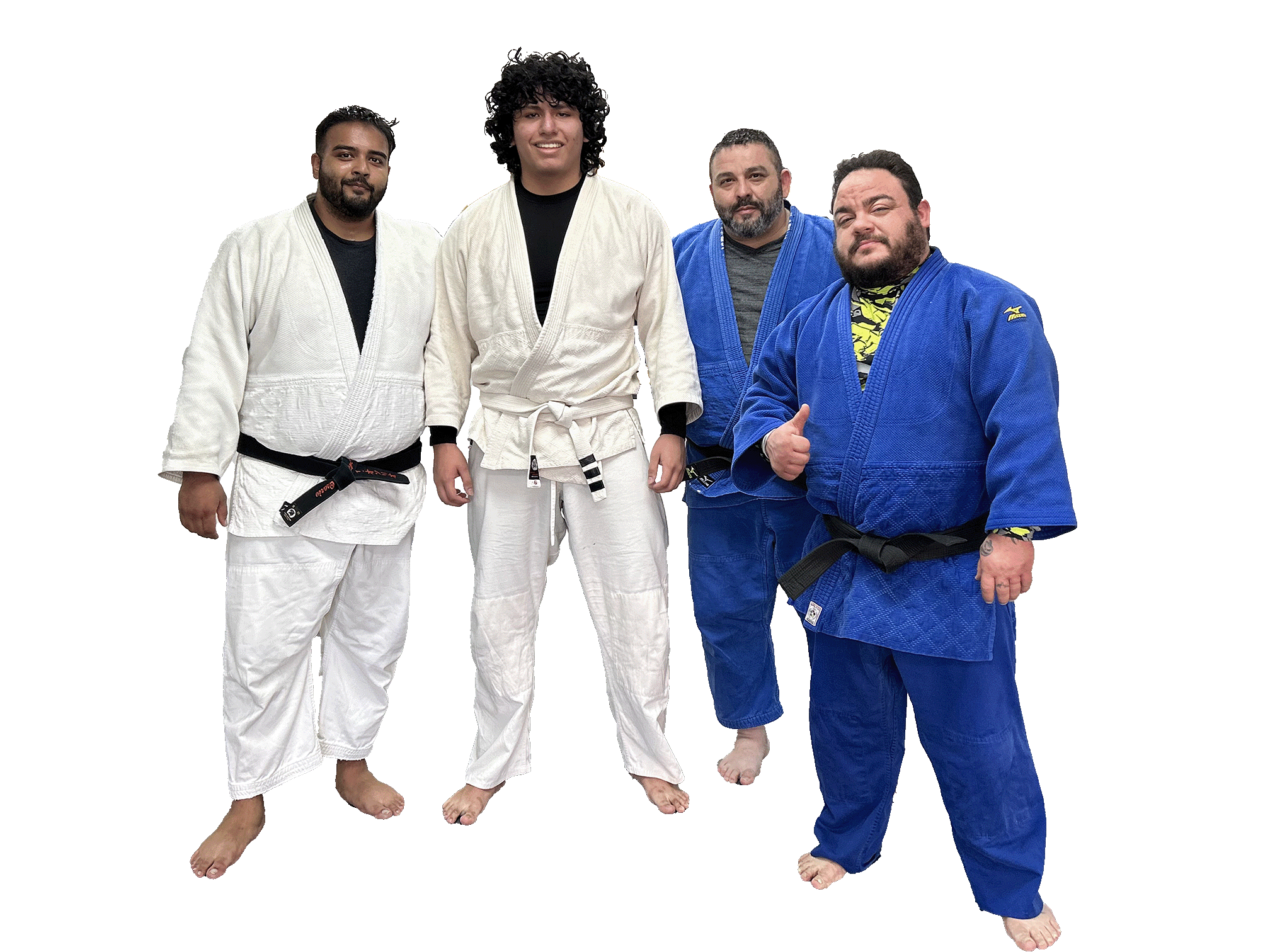Brazilian Jiu-Jitsu (BJJ) stands out for its effectiveness, particularly when it comes to facing opponents who are bigger and stronger. This is one of the many reasons why Grappling University Martial Arts emphasizes a strategic approach and technical finesse. We discuss what makes Jiu-Jitsu so effective when facing larger opponents and uncover these five key advantages it provides when facing larger opponents, a common scenario in both competitive and self-defense situations.
1. Leverage and Technique Over Strength
One fundamental principle of BJJ is using leverage and technique rather than relying solely on physical strength. This is especially beneficial when facing a larger opponent, as it levels the playing field. Through proper technique, a smaller practitioner can effectively control and submit a larger adversary by applying joint locks and chokeholds. GUMA focuses on teaching these techniques precisely, ensuring that even the most diminutive fighters can overcome their giants.
2. The Guard Position
The guard is a powerful position in BJJ that effectively allows a smaller practitioner to defend against a larger attacker. From this position, one can control the fight by using their legs as a barrier, making it difficult for the opponent to advance or use their size to their advantage. It also opens various opportunities for sweeps and submissions. At Grappling University Martial Arts, students are taught to master the guard position, turning it into a formidable tool against larger foes.
3. Efficiency through Energy Conservation
BJJ teaches practitioners to fight smart, not hard. This means conserving energy by remaining calm and using the opponent's strength against them. Larger opponents often rely on brute force and may quickly tire themselves out, whereas a well-trained BJJ fighter can remain efficient and wait for the opportune moment to strike or execute a submission. Grappling University Martial Arts instills this philosophy in its students, preparing them to capitalize on the moment their opponent's energy wanes.
4. Improved Positioning
Position before submission is a mantra in the BJJ community. This concept is crucial when dealing with larger opponents. By improving one's position, a smaller fighter can navigate to more advantageous spots where the opponent's size becomes less of a threat. This strategic positioning is critical to setting up submissions or escape attempts. Grappling University Martial Arts teaches its students to move fluidly and efficiently, ensuring they can find a superior position regardless of the size discrepancy.
5. Psychological Edge
Finally, there's a psychological advantage in being versed in BJJ when facing a larger opponent. Knowing you have the skills to overcome size and strength disparities can significantly boost confidence. Additionally, opponents who underestimate smaller fighters due to their size may find themselves in a disadvantageous position, both physically and mentally, when the smaller fighter skillfully counters their moves. Grappling University Martial Arts trains the body and mind, preparing students to enter any match with confidence and strategic foresight.
Brazilian Jiu-Jitsu offers a comprehensive strategy for dealing with larger opponents, making it an ideal martial art for individuals of all sizes. At Grappling University Martial Arts, the focus is on honing these advantages—leverage, positioning, energy conservation, the guard, and the psychological edge—to ensure that all practitioners are equipped to face and overcome any challenge. Whether for competition, self-defense, or personal growth, BJJ provides the tools necessary for success, proving that skill and strategy can triumph over sheer size and strength in martial arts.

